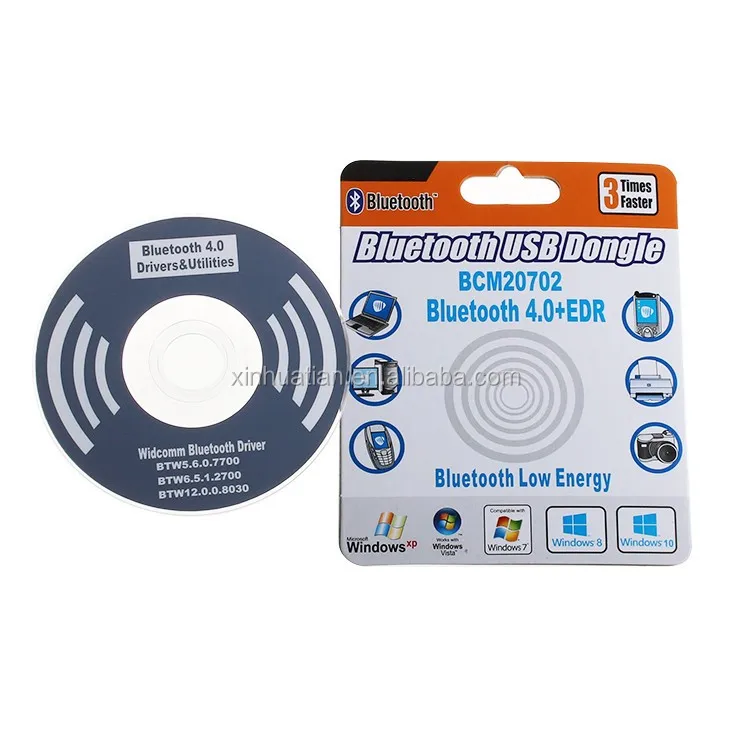
Locate the device and model that is having the issue and double-click on it to open the Properties dialog box.Ĭlick the Update Driver button and follow the instructions. In Windows XP, click Start -> Control Panel -> Performance and Maintenance -> System -> Hardware tab -> Device Manager button In Windows Vista, click Start -> Control Panel -> System and Maintenance -> Device Manager In Windows 7, click Start -> Control Panel -> Hardware and Sound -> Device Manager In Windows 8, swipe up from the bottom, or right-click anywhere on the desktop and choose "All Apps" -> swipe or scroll right and choose "Control Panel" (under Windows System section) -> Hardware and Sound -> Device Manager In Windows 11, Windows 10 & Windows 8.1, right-click the Start menu and select Device Manager

It allows you to see all of the devices recognized by your system, and the drivers associated with them.


To install a driver in Windows, you will need to use a built-in utility called Device Manager. Once you download your new driver, then you need to install it.


 0 kommentar(er)
0 kommentar(er)
